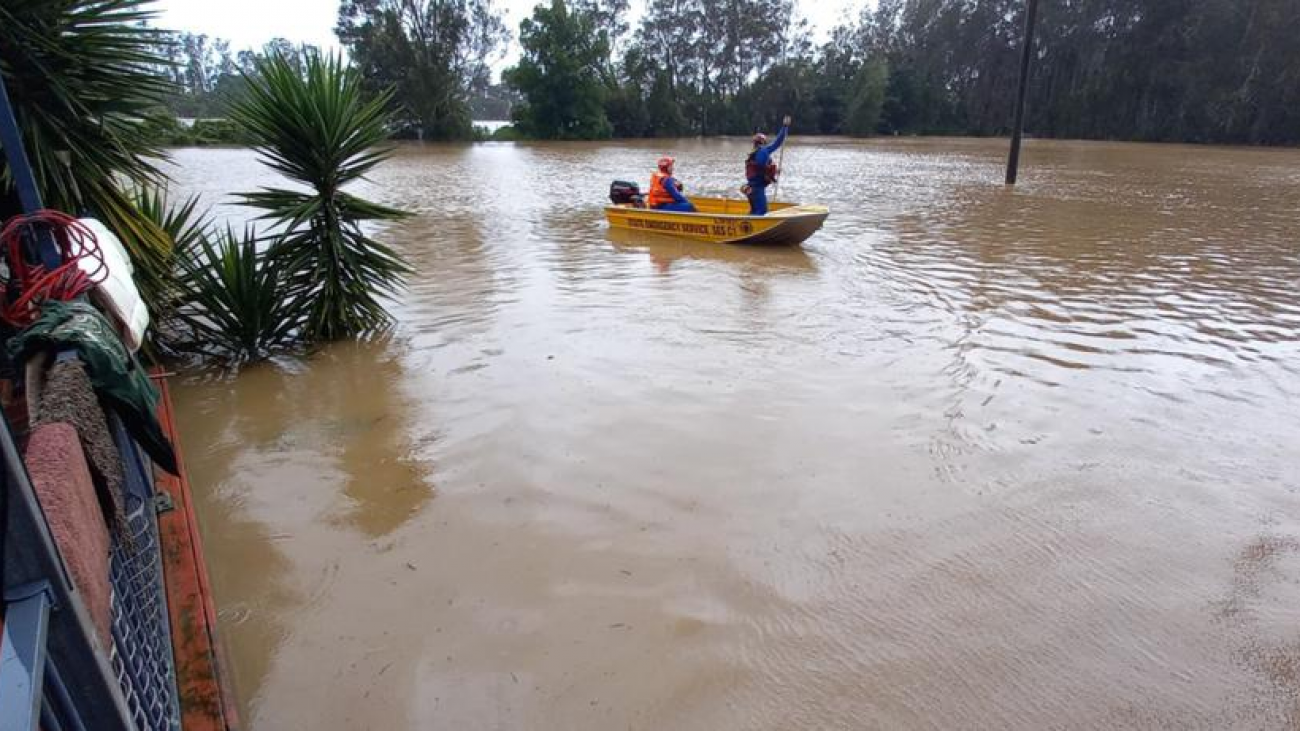Storms in South Australia and Victoria have been declared a catastrophe by the Insurance Council of Australia (ICA). These extreme weather events have elevated claims within the insurance industry, and Suncorp and Insurance Australia Group (IAG) have raised their outlooks for financial-year natural peril costs.
IAG increased its full-year natural perils forecast by 36.6% to $1.045 billion and lowered its reported insurance margin guidance range to 10-12% from 13.5-15.5% previously.
IAG says its net cost for the storm’s catastrophe is anticipated to be $169 million, the maximum retention for the first loss under its catastrophe program.
The full-year figure includes $535 million for the first four months. In addition to the recent storms, that comprises $204 million for the September quarter, $142 million for other weather events across eastern Australia in October and $20 million for attritional events last month.
Suncorp expects natural hazard costs of $1.105-$1.130 billion for the fiscal year. That’s $125-150 million above the previously announced $980 million allowances, divided equally between the first and second halves.
There have been six declared weather events in October. Suncorp says costs for the half have also been inflated by the 2021 Victorian earthquake and other storms in both Australia and New Zealand.
Suncorp expects the total cost from the recent storm events could reach $225-250 million, which led to a revised year-to-date estimate for natural hazard costs of $597-702 million.
Earlier in the year Suncorp had begun issuing grants for remote, rural and regional Australia in the hopes to rebuild resiliently in preparation for any future disasters.
Credit















